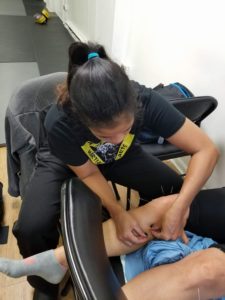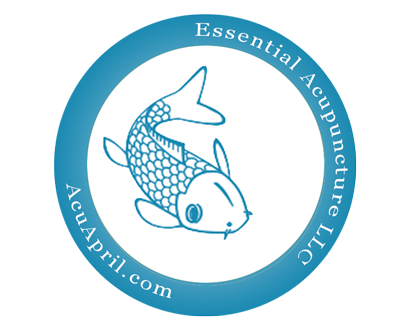
What is Acupuncture?
Insertion of thin, solid needles into the body to promote healing and restore balance in the body.
History:
The earliest documentation on diagnosis and treatment strategies was found in China, called The Yellow Emperor’s Classic of Internal Medicine, dating around 100 BC. Other medical texts followed this one and gradually spread to other countries such as Korea, Japan, and into Europe – France. Eventually, acupuncture found its way to the U.S. in the early 1970’s.
How does it work?
Traditional Chinese Medicine (TCM) is based on energy pathways called meridians. There are 12 basic meridians which correlate to different organs in the body and each meridian contains points where energy or Qi gathers. There are over 365 points which can be used to treat the body. Each meridian and each point has its own characteristics which is used to help diagnose and treat a patient.
When the body is in balance, all of the meridians are in good and proper working order. All of the physiological systems are functioning at optimum levels. When we get sick, it is a sign that the body has become out of balance somehow, and that’s when we develop colds and flus, and more serious diseases like diabetes, arthritis and cancer. Acupuncture can be used to help the body heal itself, restore balance and bring the body back up to its maximum potential. Placing needles in strategic places is the method to bringing harmony back to the body and restoring good health and quality of life.
In TCM, a patient is seen holistically, meaning as a whole: mind, body, spirit. This is where Western Medicine and Eastern Medicine differ. Western medicine looks at the symptoms and treats them, whereas, Eastern Medicine goes deeper than just the symptoms and searches for the root, or the cause of the symptoms. In some cases, the root of a physical complaint is not based on a physical illness. Sometimes it comes from emotional stress or even on a spiritual level. Acupuncture is designed to recognize these patterns by searching deeper into the patient’s history, emotionally, spiritually as well as physically.
